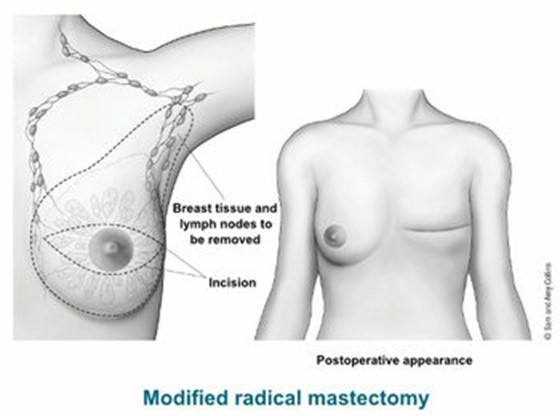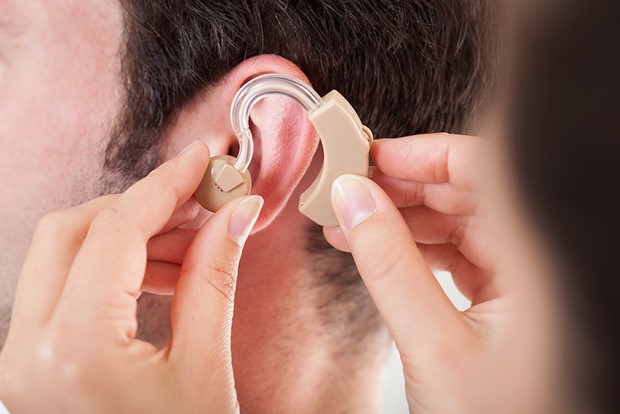A nurse is caring for a client following a bilateral mastectomy. The client is often tearful and avoids looking at her dressings. Which of the following actions should the nurse take first?
Refer the client to a breast cancer support group.
Identify the impact of the mastectomy on the client's body image.
Encourage the client to assist with her dressing changes.
Provide the client with a mirror to look at her mastectomy incisions.
The Correct Answer is B
The nurse should first identify the impact of the mastectomy on the client’s body image.
This is because the client’s behavior of avoiding looking at her dressings and being tearful suggests that she may be struggling with changes to her body image after the surgery.
By identifying and addressing this issue, the nurse can provide appropriate emotional support and interventions to help the client cope with these changes.

Choice A is not the first action the nurse should take because referring the client to a breast cancer support group may be helpful, but it is not addressing the immediate concern of the client’s emotional state.
Choice C is not the first action because encouraging the client to assist with her dressing changes may be premature if she is still struggling emotionally with her body image.
Choice D is not the first action because providing the client with a mirror to look at her mastectomy incisions may be overwhelming for her if she is not yet ready to confront her changed appearance.
Nursing Test Bank
Naxlex Comprehensive Predictor Exams
Related Questions
Correct Answer is D
Explanation
This statement indicates that the client understands the importance of gradually adjusting to wearing a hearing aid.
It can take time for the brain to adapt to new sounds and volume levels, so it’s important to increase usage gradually.

Choice A is wrong because turning the hearing aid up as high as it will go can cause discomfort and may not improve hearing.
Choice B is wrong because hearing aids typically last several years with proper care and maintenance.
Choice C is wrong because it’s important to remove the battery from the hearing aid when not in use to preserve battery life.
Correct Answer is A
Explanation
Secure the tracheostomy ties to allow one finger to fit snugly underneath. This is important to ensure that the tracheostomy tube is secure and in place.
Choice B is wrong because normal saline is not typically used to cleanse the skin around the stoma.
Choice C is wrong because soaking the outer cannula in warm, soapy tap water is not a recommended method of cleaning.
Choice D is wrong because a cotton tip applicator should not be used to clean inside the inner cannula.
Whether you are a student looking to ace your exams or a practicing nurse seeking to enhance your expertise , our nursing education contents will empower you with the confidence and competence to make a difference in the lives of patients and become a respected leader in the healthcare field.
Visit Naxlex, invest in your future and unlock endless possibilities with our unparalleled nursing education contents today
Report Wrong Answer on the Current Question
Do you disagree with the answer? If yes, what is your expected answer? Explain.
Kindly be descriptive with the issue you are facing.
